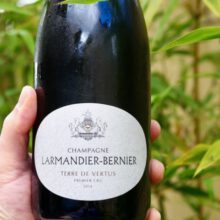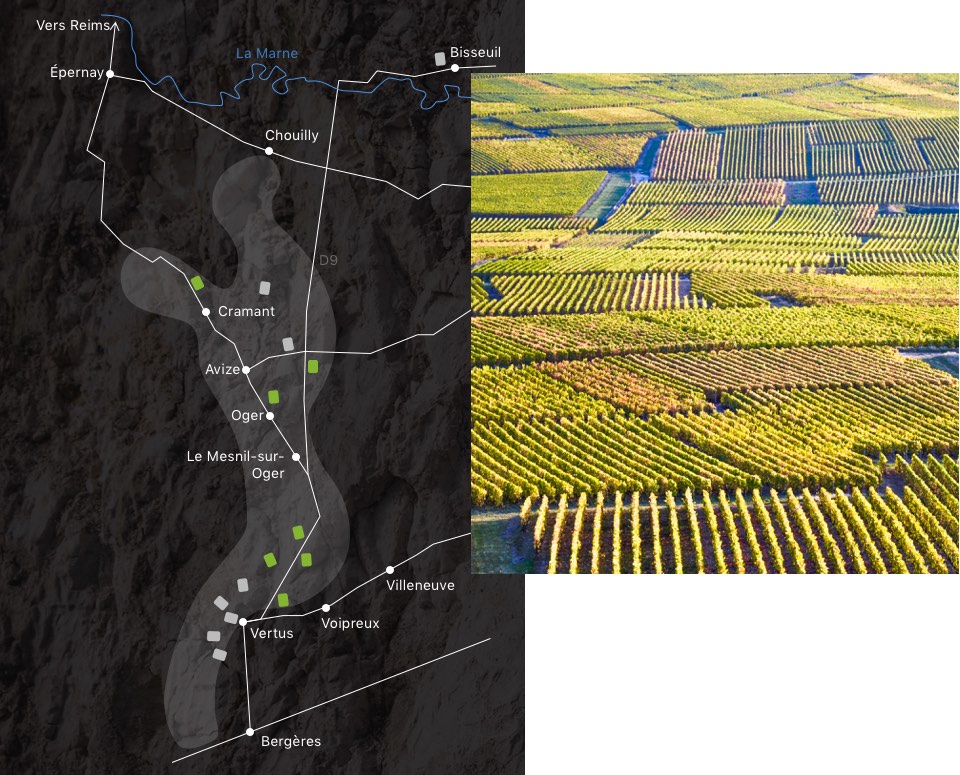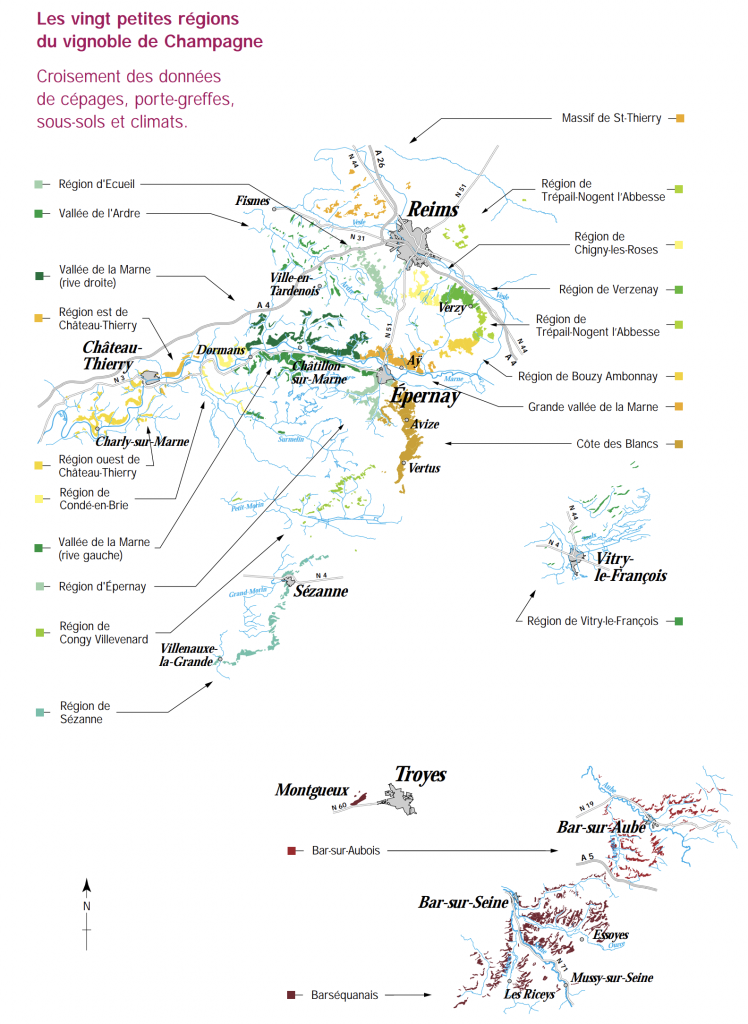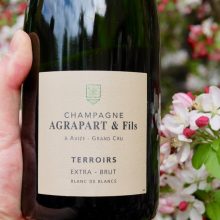
Product information
Larmandier-Bernier ‘Terre de Vertus’ Blanc de Blancs 2014
$220
Description
Terre de Vertus is one of three single-terroir Chardonnay wines produced at this Estate and is certainly the most famous. It is from the chalky 1er Cru vineyard plots of Les Barillers and Les Faucherets, situated mid-slope in Vertus. These sites make arguably the most explicitly mineral wines of the village; wines that can recall the best of Le Mesnil (to the north) in their chalky raciness and drive.
Beautifully developed, ultra fine mousse. That diving lacing of honey age yields, layers here with excellent develoment and an oxidative note that works beautifully. Hint of oak. Toasty development with the crême patissiérre and beyond. Almond, a little marzipan. Incredibly complex wonderful texture. Ripe red apple, strawberry + a little citrus at play. This is exactly what happens when you take a Champagne with exceptional acid, superb fruit and low / no dose. Wonderful drinking with more to come.
Disgorged April 2021
Out of stock














You must be logged in to post a comment.